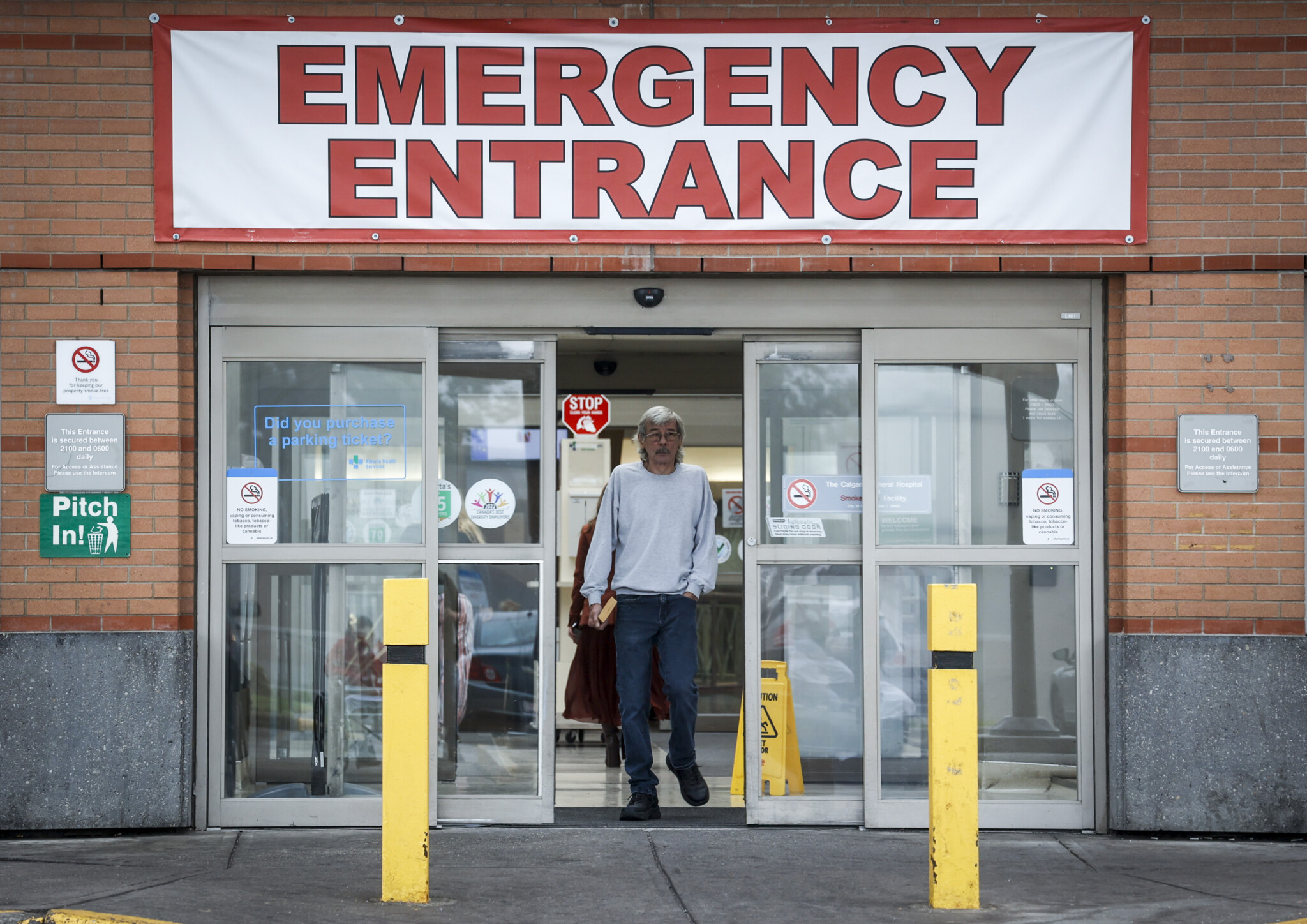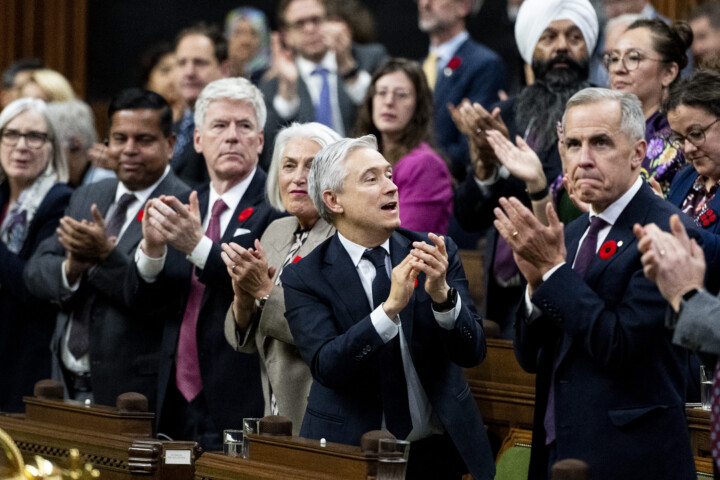Canada’s health-care status quo is ‘nonsensical’: What’s behind Alberta’s reported health-care reforms?
Dr. Brian Day, orthopedic surgeon, author, and health-care reform advocate, discusses reports that the Alberta government will soon introduce legislation that would enable physicians to practice in both public and private systems simultaneously. He argues that this type of reform is needed because Canada’s single-payer monopoly creates deliberate rationing, produces adverse health outcomes, and drives doctors abroad. He contends that hybrid health-care models deliver better outcomes at lower costs, and that allowing private insurance and dual practice would increase physician supply while improving timely access to care for all income levels
You can listen to this episode on Amazon, Apple, and Spotify.
Program Summary
This is an automated summary. Please check against delivery.
Canada’s healthcare system faces mounting criticism as debates intensify over the country’s unique approach to medical service delivery. The nation stands alone among developed countries in maintaining what critics describe as a state monopoly on healthcare, where private alternatives remain largely prohibited by law.
The structure of Canadian healthcare has come under scrutiny as physicians navigate a complex landscape where most doctors operate as independent, self-employed practitioners rather than government employees. Despite this independence, regulatory frameworks restrict their ability to provide services outside the public system, creating tensions between professional autonomy and government control.
Access to medical services has emerged as a central concern, with healthcare rationing becoming an acknowledged reality within the system. Court findings have recognized that governments deliberately limit healthcare access to maintain fiscal sustainability, a practice that has raised questions about the balance between budgetary constraints and patient care. The consequences of delayed treatment extend beyond immediate health outcomes, affecting long-term costs and patient survival rates.
Cross-border healthcare patterns reveal systemic inefficiencies within Canada’s fragmented approach. The country operates not as a unified system but as fourteen separate provincial and territorial frameworks, each with distinct regulations. This fragmentation has created unusual situations where patients regularly cross provincial boundaries to access private care, with physicians in different provinces treating each other’s residents. Additionally, significant numbers of Canadians travel to the United States annually for medical procedures, representing both a loss to the domestic economy and a reflection of unmet demand within the public system.
International comparisons highlight Canada’s paradoxical position in global healthcare rankings. Despite ranking among the top spenders on healthcare, the country performs poorly on measures of access and efficiency, particularly for low-income populations. This disconnect between expenditure and outcomes has prompted calls to examine successful models in other developed nations.
Several countries offer alternative approaches that maintain universal coverage while incorporating private sector participation. Some European nations utilize systems where private hospitals and insurance companies operate alongside government funding for lower-income groups, eliminating concerns about two-tier access based on wealth. These models demonstrate that private sector involvement need not compromise equity when properly structured.
The economic logic of timely treatment has gained attention in policy discussions. Early diagnosis and intervention for serious conditions costs substantially less than treatment at advanced stages, suggesting that delayed care ultimately increases rather than decreases system costs. This reality challenges assumptions that rationing saves money in the long term.
Workforce challenges compound access issues, with Canada’s physician-to-population ratio declining significantly over recent decades. Policy decisions including medical school closures, reduced training positions, and restrictions on foreign-trained doctors have contributed to workforce shortages. Thousands of Canadian students attend medical schools abroad while qualified immigrant physicians face barriers to practice.
Provincial governments are beginning to explore reforms that could reshape healthcare delivery. These discussions center on expanding private sector participation, enabling private insurance for core medical services, and removing restrictions that prevent doctors from working outside the public system. Such changes would represent a fundamental shift in Canadian healthcare philosophy, moving toward models common throughout the developed world while maintaining commitments to universal access.
Alberta's reported reforms aim to allow doctors dual practice. What are the potential benefits and drawbacks of this model for patient access and physician supply?
The article states Canada's healthcare system is a 'state monopoly' with deliberate rationing. How does this compare to hybrid models in other developed nations?
The article highlights that delayed care can increase long-term costs. What economic logic supports the idea that timely treatment is more cost-effective?




Comments (0)